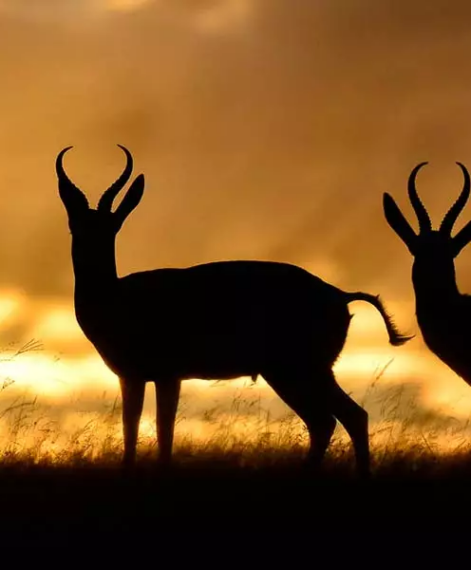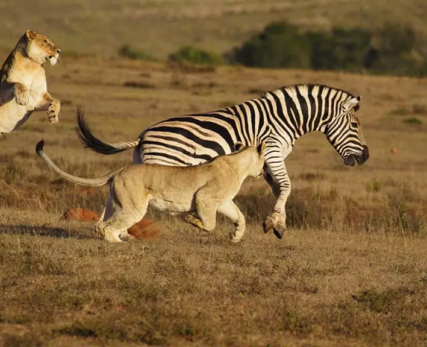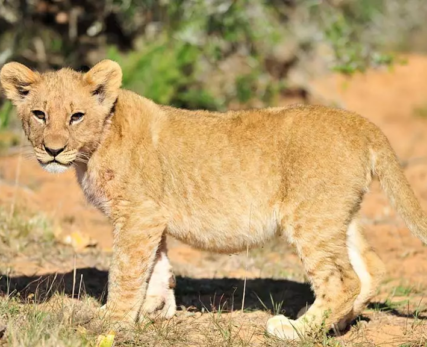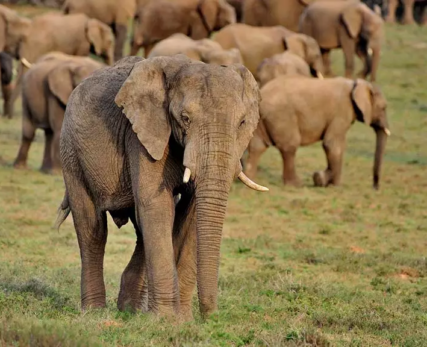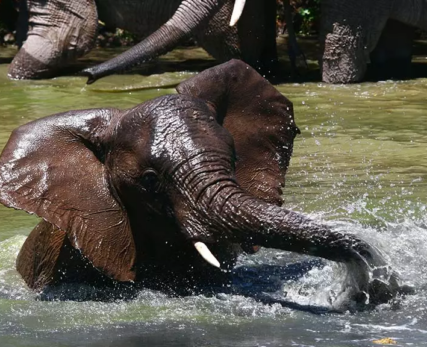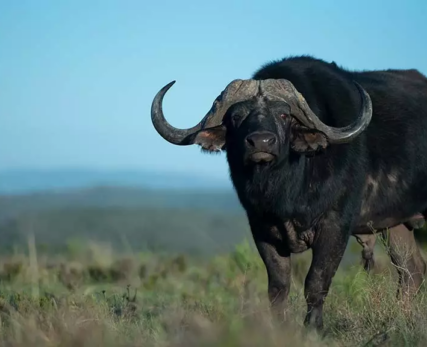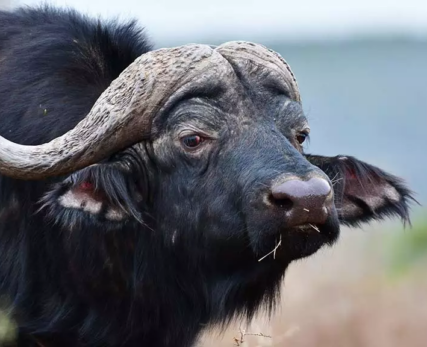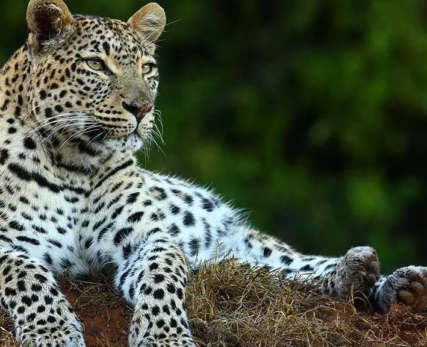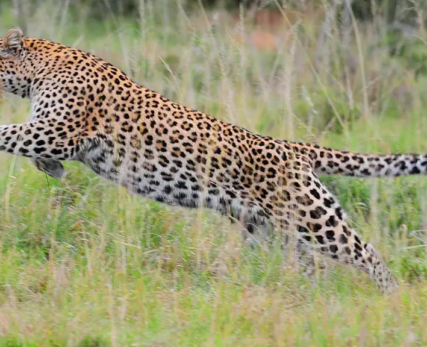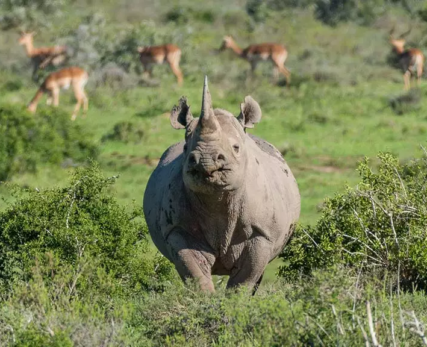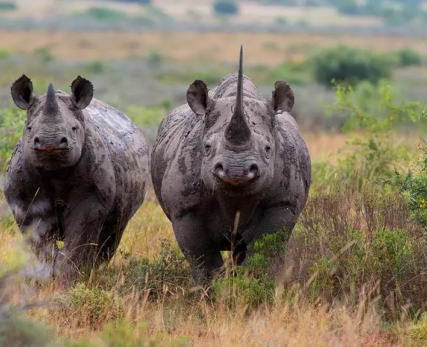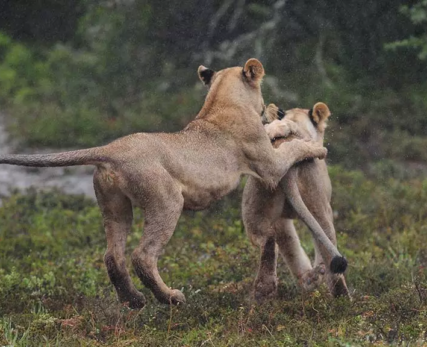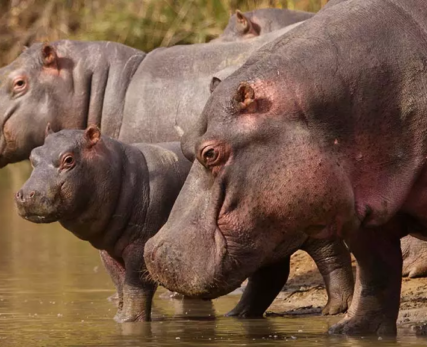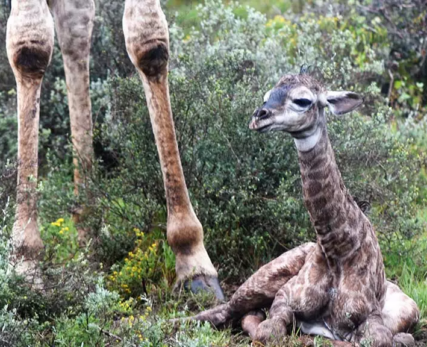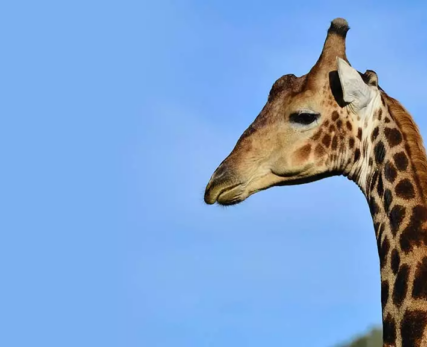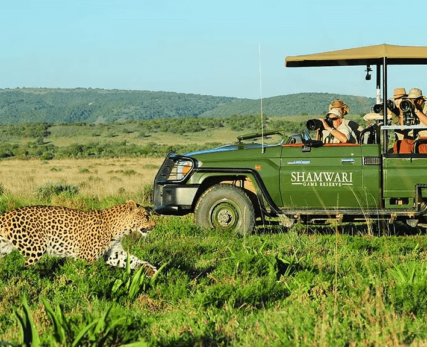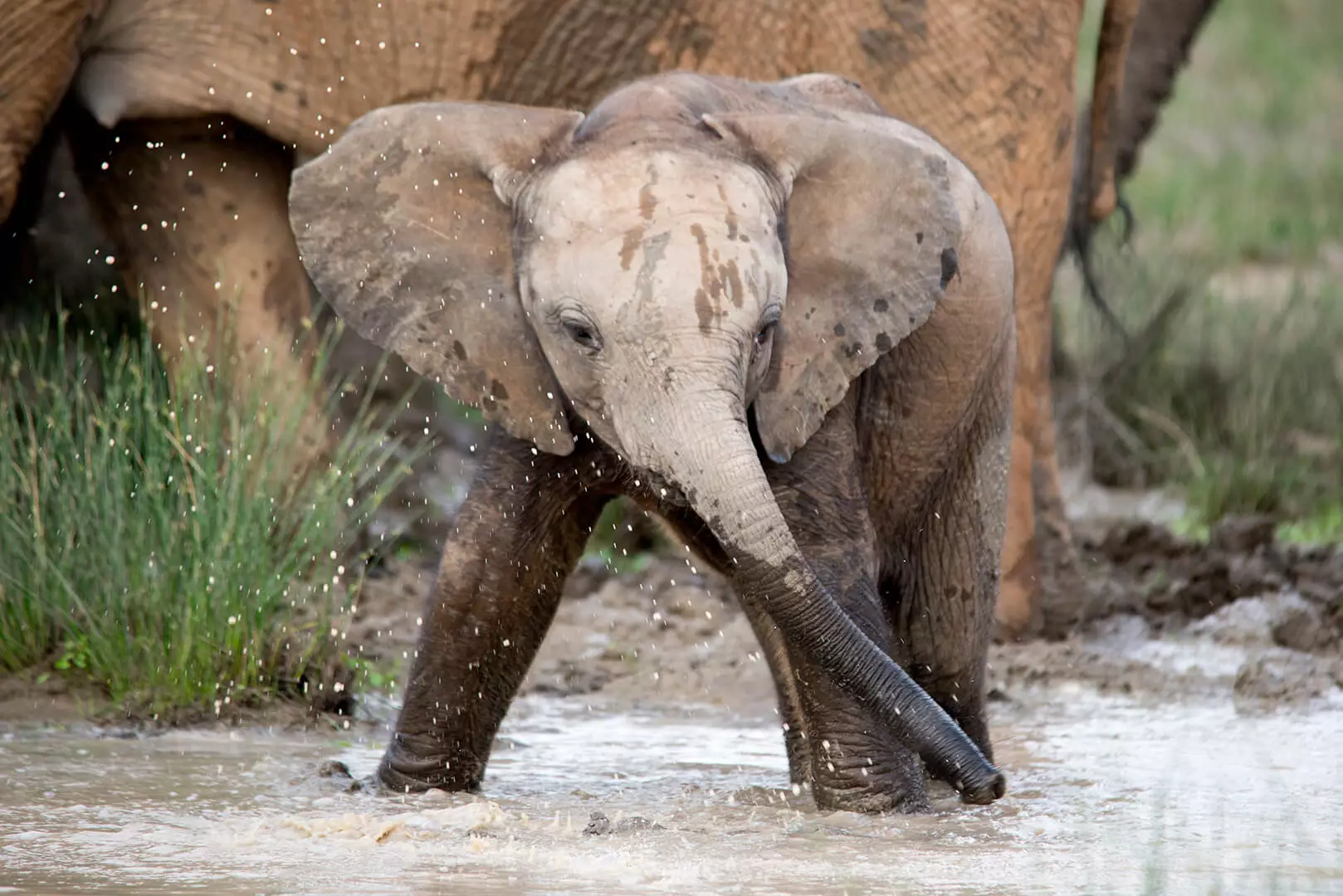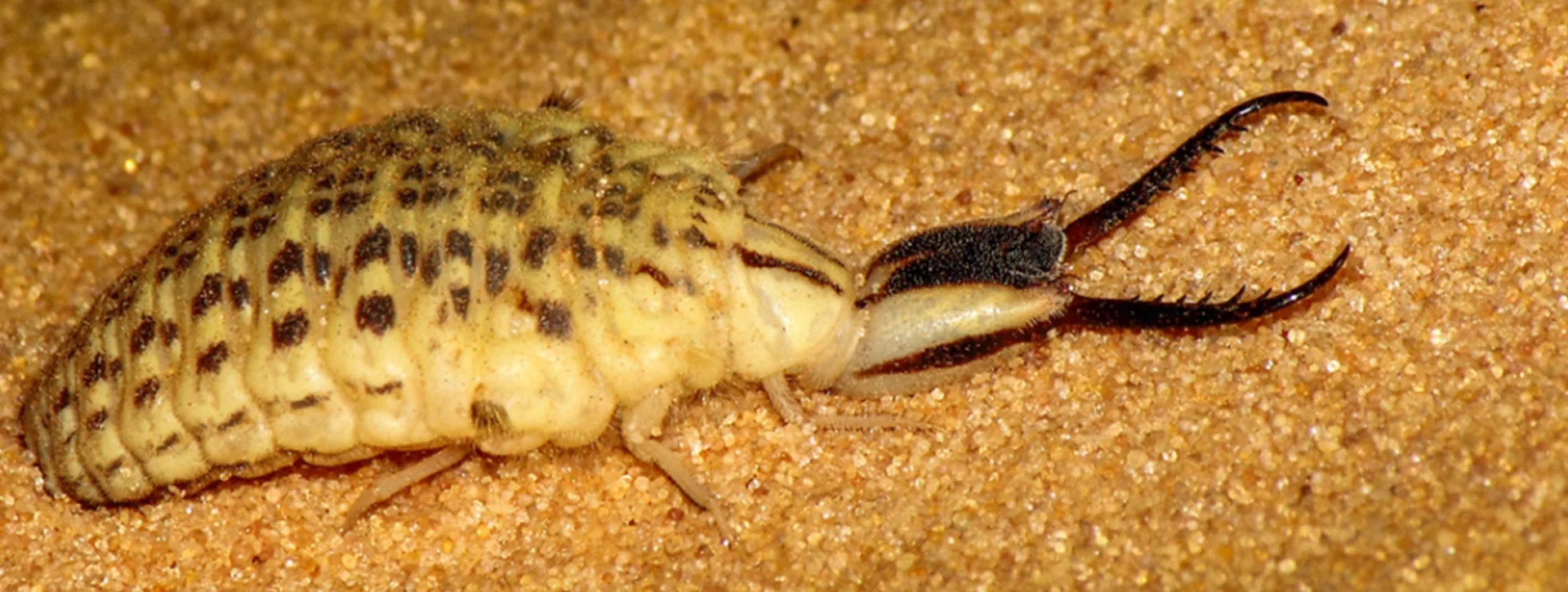Discover Many Unique Safari Animals
Discover Africa’s magic by experiencing the safari animals that make the continent so incredibly unique, in their natural environment. A South African Safari will allow you to experience how a variety of animals interact with each other and their habitat.
What are the Safari Animals You May See while on a South African Safari?
The continent of Africa is abundantly rich in biodiversity, allowing thousands of species to coexist, across grassy plains, in desert-like environments and even in dense forest biomes.
Animals are one of nature’s most wonderful creations and they are adapted to their specific environment.
One of the best ways to view wildlife in their natural environment is to go on a South African safari, whether it be in a national park or a private reserve. The most sought-after African safari animals are found here and these parks and reserves exist to protect animals and educate people from all over the world.
Safari-goers have varying interests when it comes to the animals they would like to see while on safari. However, the phenomenal group of animals, called the Big Five, is by far the most popular request. With that being said, some safari-goers are pleased to see any animals and are not phased with checking species off a checklist.
So, what animals can you expect to see on safari? While it is not guaranteed that you will see every single animal, we’ve compiled a list of some of our favourites:
- Lion
- Elephant
- Rhinoceros
- Warthog
- Kudu
- African Buffalo
- Giraffe
- Hippopotamus
- Cheetah
- Zebra
- Impala
- Gemsbok
- Leopard
The Big 5 Safari Animals
The Big Five will certainly be a phrase you are familiar with, and even more so if you are a wildlife lover. This term was originally used as a hunting term in the 19th and early 20th century when professional hunters were set on getting as many trophies as possible in a short amount of time. It became a fad, where seasoned travellers would travel to Africa to shoot a massive, dangerous animal.
The Big Five thus became known as the most dangerous animals to hunt on foot. The term is still used today, and thankfully ‘shooting’ is now done through a camera lens.
What Are The Big 5 Safari Animals?
The Big Five include the African lion, African elephant, Cape buffalo, African leopard and African rhinoceros. Let’s take a closer look at each of these beautiful, but dangerous, creatures:
